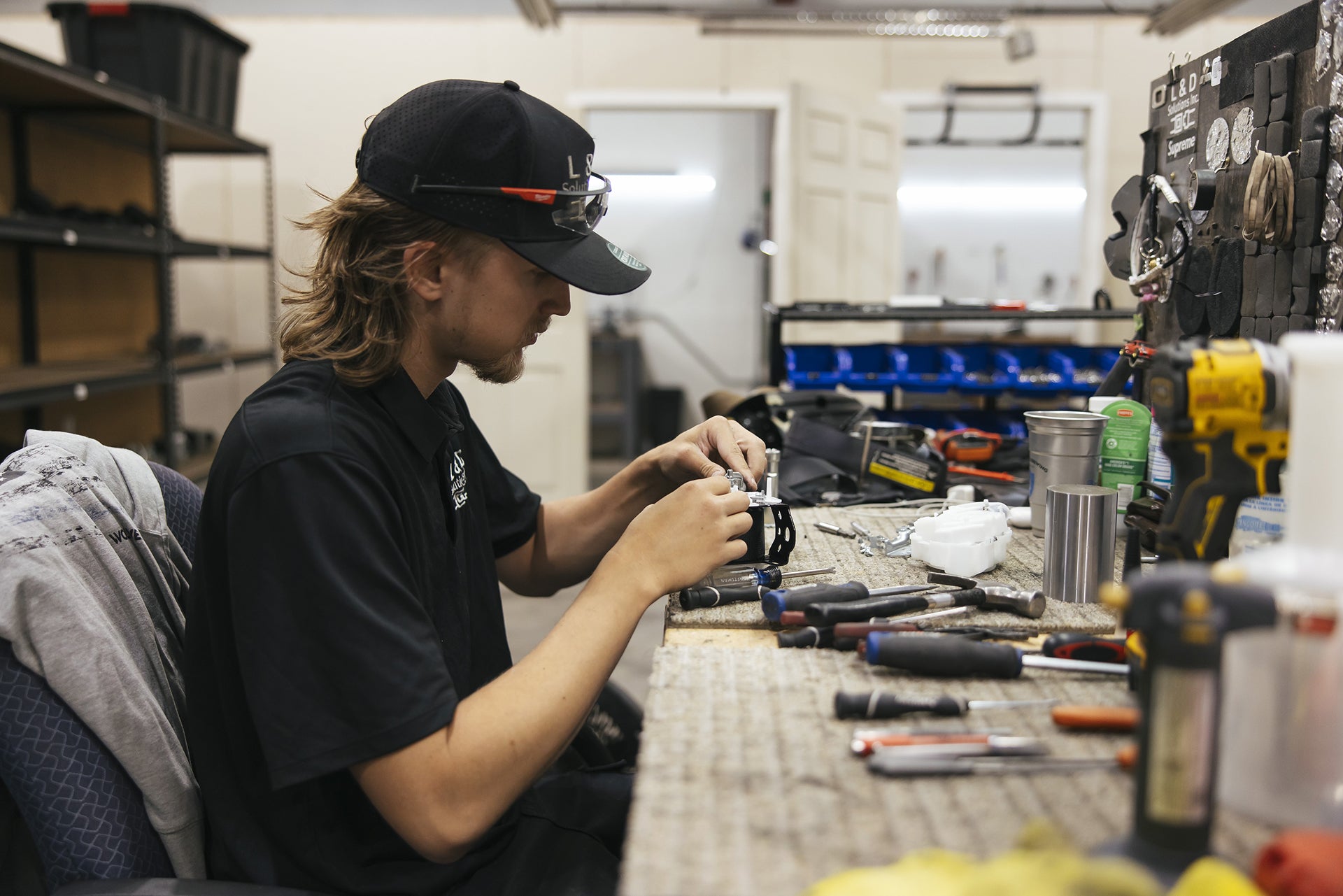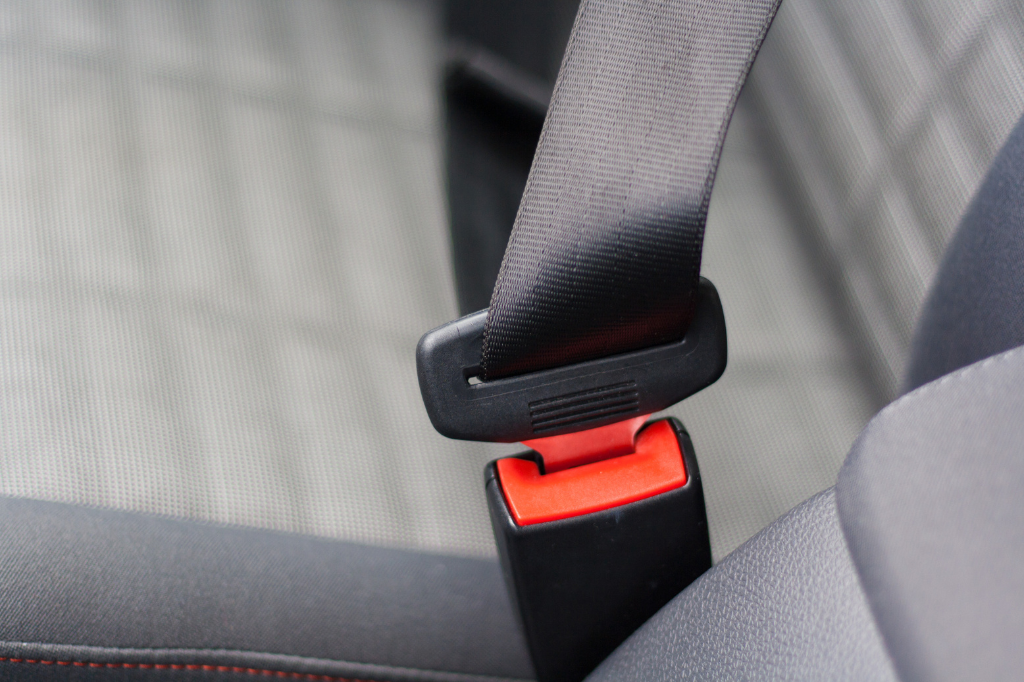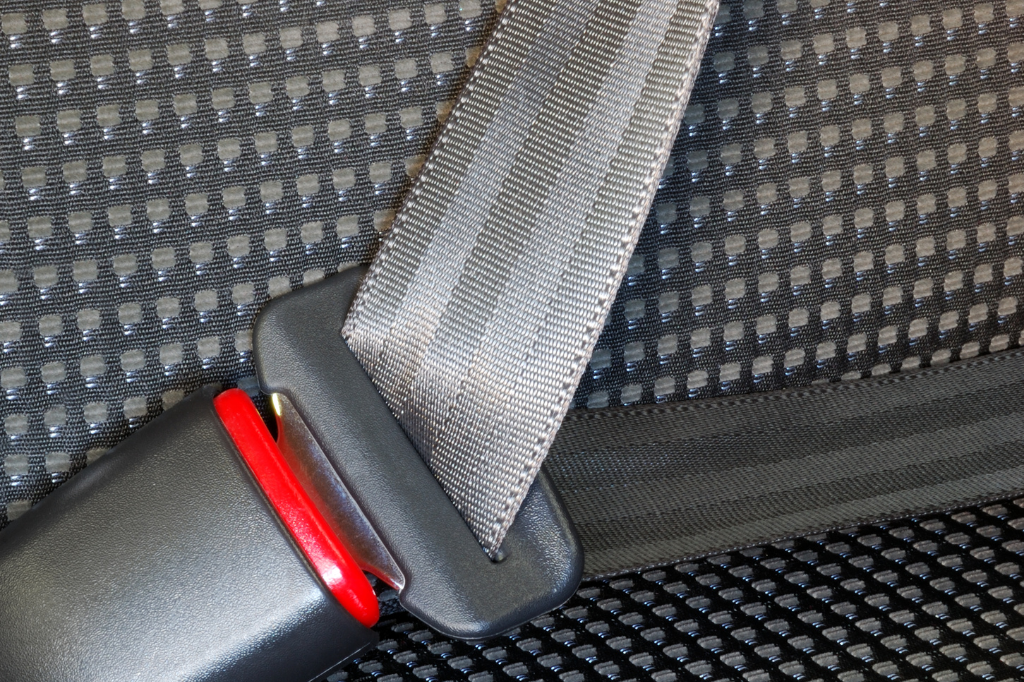Ensuring safety on the road is a paramount responsibility for every driver. One of the simplest yet most effective ways to safeguard yourself and your passengers is by wearing a seatbelt. Seatbelts have been a crucial safety feature in vehicles for decades, drastically reducing the risk of injury in accidents. Below, we unravel essential seatbelt safety facts that every driver must know.
1. The Origin and Importance of Seatbelts
Seatbelts were first introduced in the mid-20th century, revolutionizing automobile safety. Designed to keep passengers secure in their seats, seatbelts minimize the chances of severe injuries during a collision. According to statistics from the National Highway Traffic Safety Administration (NHTSA), seatbelts have saved thousands of lives, demonstrating their critical role in road safety.
2. Three-Point Seatbelts: A Game Changer
The three-point seatbelt, invented by Volvo engineer Nils Bohlin in 1959, is the standard in most vehicles today. This design secures both the upper and lower body, offering superior protection compared to earlier two-point seatbelts that only covered the waist. The three-point seatbelt is credited with reducing the risk of fatal injury to front-seat passengers by 45%.
3. The Legal Requirement
In many countries, wearing a seatbelt is not just a recommendation but a legal requirement. Drivers and passengers can face fines and penalties for failing to buckle up. Beyond legal obligations, wearing a seatbelt is a vital personal responsibility, reducing the likelihood of severe injury or death in the event of an accident.
4. Common Seatbelt Myths Debunked
Despite overwhelming evidence supporting seatbelt use, several myths persist. Some believe that seatbelts can cause harm in low-speed accidents, yet data shows they significantly reduce injury risk. Others think airbags replace the need for seatbelts; however, airbags are designed to work in conjunction with seatbelts, not as a substitute.
5. Seatbelts for All Ages
It is crucial for people of all ages to use seatbelts properly. This includes children, who require appropriate child safety seats based on their age, weight, and height. Many fatal injuries to young passengers occur due to improper restraint use. Ensuring proper seatbelt fit and use for every passenger is essential for maximizing protection.
6. The Impact on Insurance and Compensation
Accidents can have various consequences, including impacts on insurance claims and compensation. In some regions, failure to wear a seatbelt can influence the outcome of insurance claims, potentially limiting compensation for injuries. Demonstrating responsible seatbelt use can thus support better outcomes in accident-related claims.
7. Continued Advocacy and Education
Organizations worldwide continue to advocate for seatbelt use through education and awareness campaigns. As road incidents remain a leading cause of death and injury, understanding and embracing seatbelt safety can make a significant difference. Education initiatives often target new drivers and schools to instill safe habits early on.
Wearing a seatbelt is a simple, effective way to protect yourself and your passengers on the road. By understanding the history, legal requirements, and benefits of seatbelt use, every driver can contribute to a safer driving environment. Remember, buckling up takes only a few seconds, but its impact can last a lifetime. Choose safety every time you step into a vehicle, and encourage others to do the same. Safe driving starts with a single click of the seatbelt.






Leave a comment
This site is protected by hCaptcha and the hCaptcha Privacy Policy and Terms of Service apply.